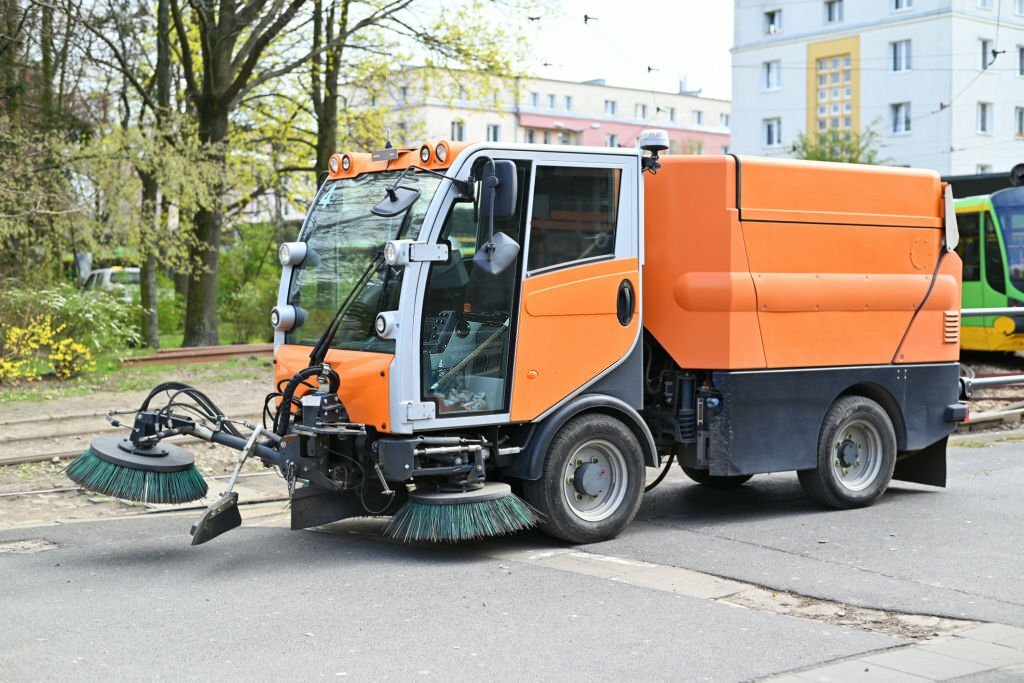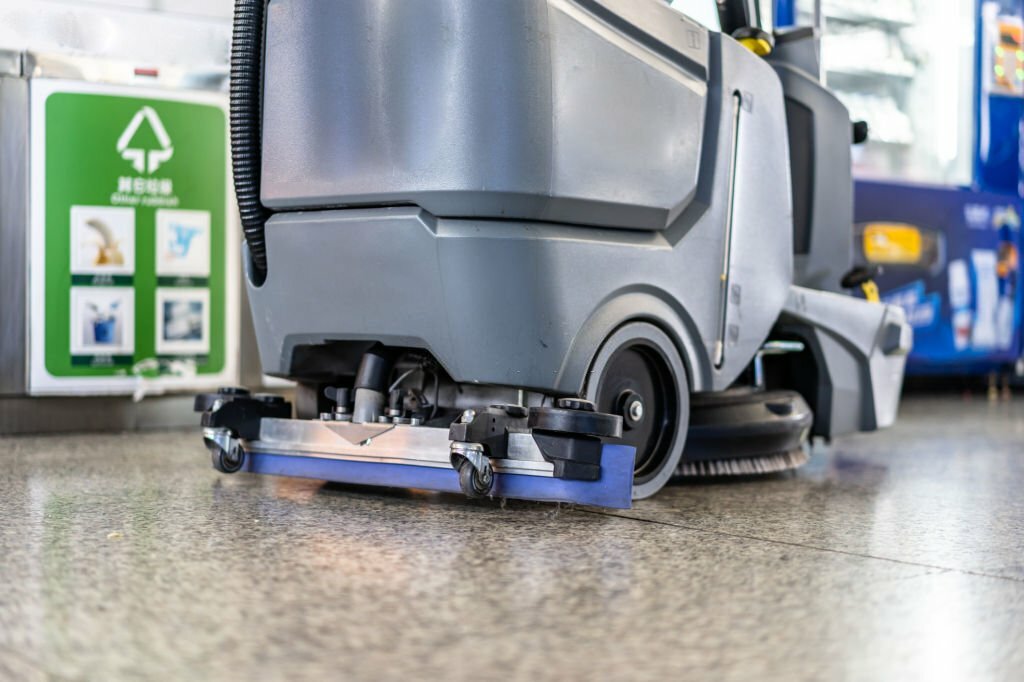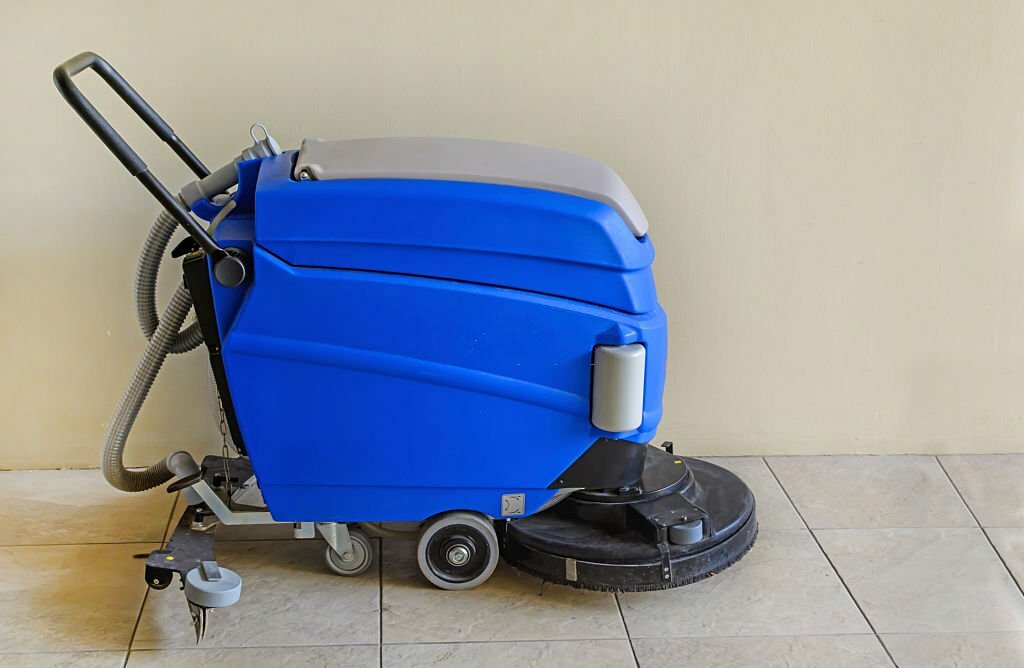In the dynamic landscape of heavy equipment maintenance and industrial site management, the quest for optimal efficiency remains a constant pursuit. As industries continue to evolve, so do the strategies employed to streamline operations and improve overall productivity. Sweeper machines, traditionally synonymous with outdoor cleaning tasks, have garnered significant attention for their ability to swiftly clear debris and maintain cleanliness in expansive outdoor environments. However, their potential to transcend the boundaries of outdoor applications and effectively integrate into indoor heavy equipment sites warrants a comprehensive exploration. This article delves into the intricate balance between the adaptability of sweeper machines in diverse environments and the practical considerations that underscore their utilization in both indoor and outdoor settings. By examining the evolving capabilities of these cleaning solutions, we aim to discern their viability in augmenting efficiency and ensuring comprehensive maintenance operations across a spectrum of heavy equipment sites.

In the realm of heavy equipment maintenance and industrial site management, the need for efficient cleaning practices is paramount. With the advancements in technology, various solutions have emerged to streamline cleaning operations. One such solution is the utilization of sweeper machines, which have traditionally been associated with outdoor applications. However, the question arises: Can sweeper machines be used effectively in both indoor and outdoor heavy equipment sites?

Sweeper machines, renowned for their ability to swiftly clear debris, dust, and other unwanted particles, have long been a staple for outdoor cleaning tasks in industries such as construction, manufacturing, and logistics. Their robust build and powerful suction mechanisms make them well-suited for managing vast outdoor spaces, including construction sites, warehouses, and distribution centers. However, the prospect of integrating these machines into indoor settings, such as manufacturing plants, assembly lines, and workshops, necessitates a comprehensive examination of their adaptability and potential limitations.
Indoor environments pose unique challenges for any cleaning equipment. Limited maneuverability, confined spaces, and the presence of delicate machinery demand specialized design features in sweeper machines to ensure safe and efficient operations. Manufacturers are increasingly focusing on developing compact yet powerful models that can navigate through tight spaces while maintaining their high cleaning efficacy. These adaptations aim to address concerns related to accessibility and precision in indoor settings, enabling effective dust and debris management without compromising the integrity of the equipment and the surrounding environment.

While the adaptability of sweeper machines to indoor settings is becoming more feasible, it is crucial to consider the practical limitations of their usage. Some indoor spaces, particularly those with intricate layouts or sensitive surfaces, may require specialized cleaning approaches that conventional sweeper machines might not be able to provide. In such cases, manual cleaning or customized cleaning solutions may still be necessary to ensure thorough maintenance without risking damage to the equipment or workspace.

Furthermore, when transitioning sweeper machines between indoor and outdoor environments, factors such as the type of debris, surface variations, and weather conditions must be carefully assessed. Sweeper machines optimized for outdoor use might not effectively handle the finer particles or specific contaminants commonly found indoors. Therefore, a comprehensive understanding of the distinct cleaning requirements for each environment is essential to determine the practical feasibility of employing sweeper machines in both indoor and outdoor heavy equipment sites.
In conclusion, the adaptability of sweeper machines to diverse environments, both indoor and outdoor, holds promise for enhancing the efficiency of cleaning operations at heavy equipment sites. Manufacturers’ continuous efforts to design versatile models that cater to the specific demands of various environments signify a progressive shift in the capabilities of industrial cleaning equipment. However, it is imperative for facility managers and operators to assess the specific needs of their sites and consider the potential constraints associated with the utilization of sweeper machines, ensuring that their integration aligns with the maintenance objectives while prioritizing the safety and longevity of the equipment and the overall workspace.
Discover the ultimate cleaning solution for heavy equipment sites! Visit the Boom and Bucket website to explore the feasibility of employing sweeper machines indoors and outdoors. Gain insights into their adaptability, limitations, and the latest industry trends. Uncover how these powerful machines can revolutionize your cleaning operations and optimize efficiency. Don’t miss the chance to stay ahead in the realm of industrial maintenance— go to the Boom and Bucket today for comprehensive information and expert guidance!

